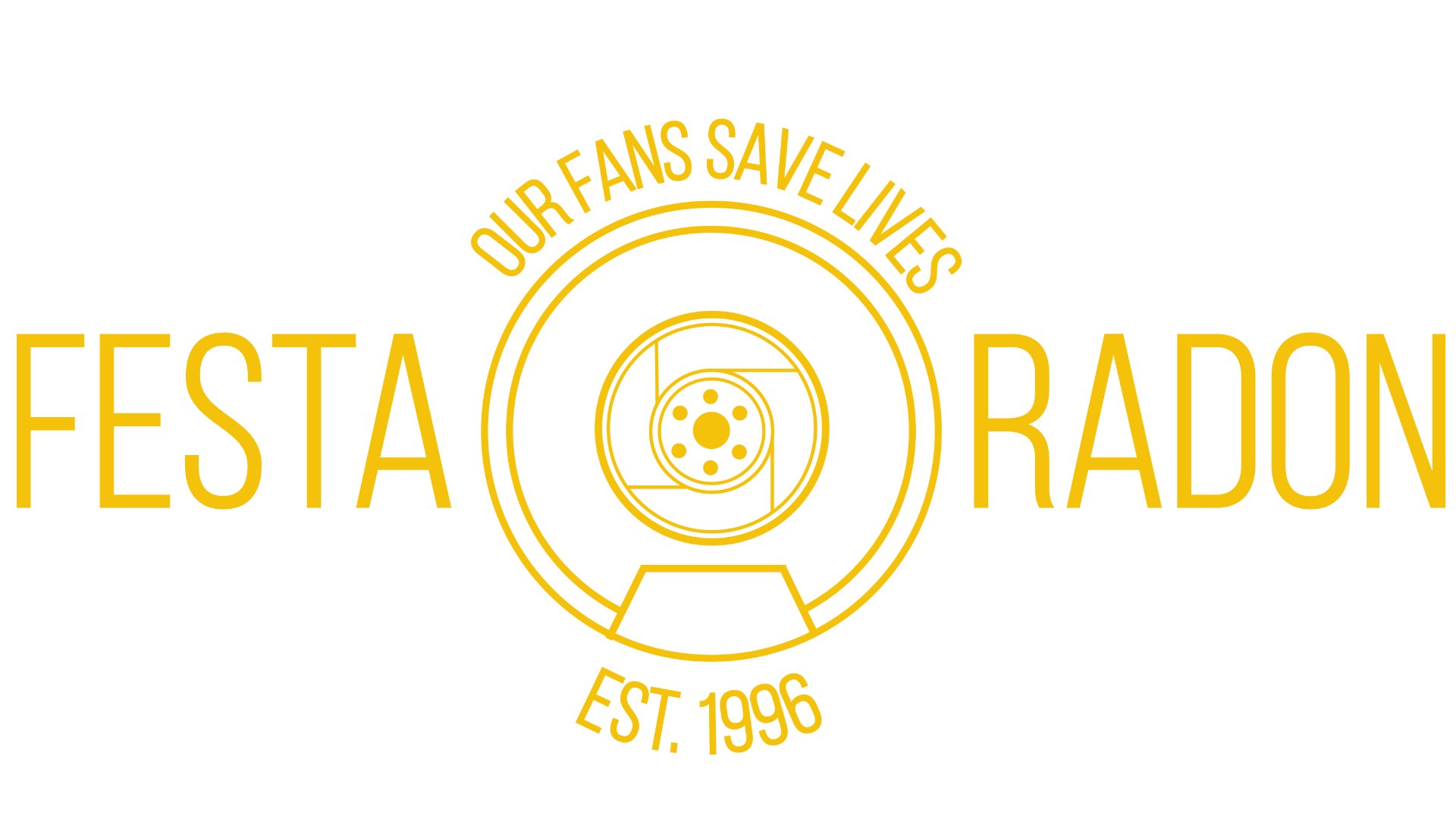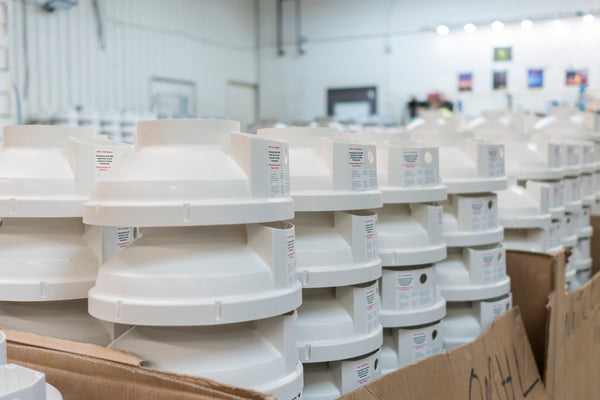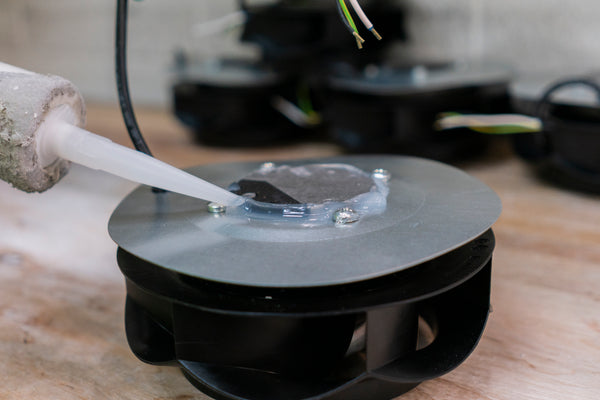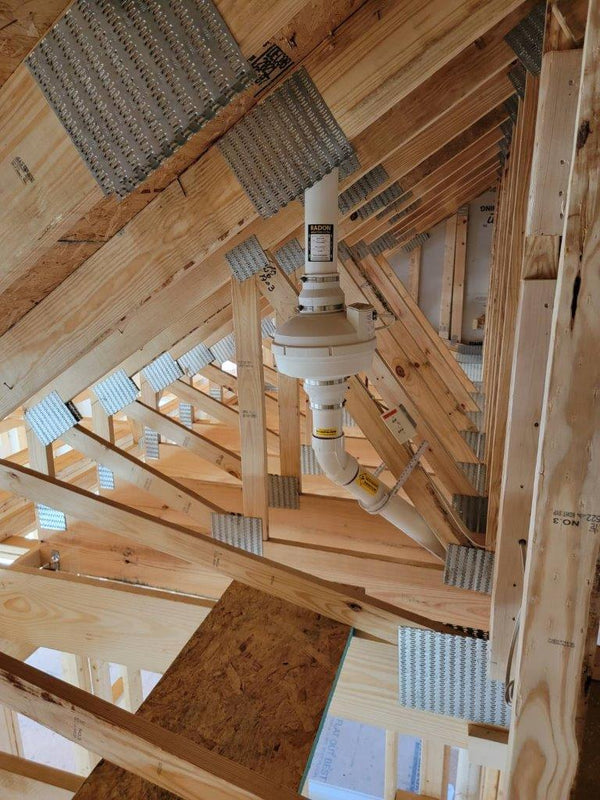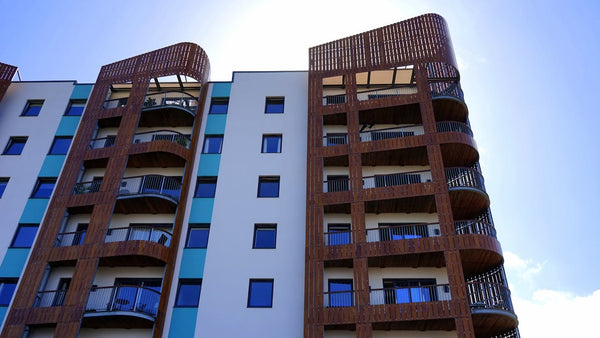
The Importance of Radon Mitigation in Multi-Unit Residential Buildings
Radon is an invisible and odorless gas that poses a significant health risk when it accumulates in buildings. As a naturally occurring radioactive gas, it seeps up from the ground and can become trapped indoors. While single-family homes are often the focus of radon mitigation efforts, multi-unit residential buildings are equally, if not more, susceptible to dangerous radon levels. Addressing radon in multi-unit dwellings requires comprehensive testing and mitigation strategies to ensure the safety of all residents.
Understanding Radon and Its Health Risks
Radon is formed through the natural breakdown of uranium in soil, rock, and water. It enters buildings through cracks in foundations, walls, and floors. Over time, exposure to high radon levels increases the risk of lung cancer, making it the second leading cause of lung cancer after smoking. Since tenants in multi-unit buildings may spend significant time indoors, mitigating radon exposure is essential for long-term health.
Studies have shown that radon levels can vary significantly within the same building, making comprehensive testing even more crucial. Exposure to radon over many years can lead to serious respiratory complications. Because radon is odorless and invisible, people may be exposed without realizing it, underscoring the importance of proactive mitigation efforts.
Why Multi-Unit Buildings Are Particularly Vulnerable
Due to their structural complexities, multi-unit buildings face unique challenges in radon mitigation. Differences in ventilation, shared walls, and varying foundation designs can create unpredictable radon distribution. Lower-level units are often more at risk, but upper floors are not immune. The interconnected nature of these buildings means that radon can spread between units, making building-wide mitigation essential.
Underground parking garages, basements, and storage areas often contribute to radon accumulation. In addition, shared HVAC systems can distribute radon more widely than in single-family homes. Given the high density of residents, ensuring uniform protection across all units requires strategic planning and execution.
Radon Testing: A Necessary First Step
The only way to determine radon levels is through testing. Landlords and property managers should conduct professional radon testing at multiple locations within the building to identify problem areas. Short-term tests provide an initial snapshot, but long-term testing offers more accurate readings. Once the results are analyzed, appropriate mitigation strategies can be implemented.
Testing should be conducted in various parts of the building, including basement levels, common areas, and individual units. A single test may not provide a complete picture of the radon levels across the building. Frequent and widespread testing ensures that mitigation efforts target the areas where radon is most concentrated.
Legal and Regulatory Considerations for Landlords
Many states have specific radon regulations for rental properties and multi-family buildings. Landlords and property managers must comply with local laws regarding testing and mitigation. Providing tenants with radon test results and mitigation plans ensures transparency and builds trust. Failing to address radon risks could result in legal liability, fines, or tenant disputes.
Radon levels must be disclosed in some regions when leasing or selling a unit. Accurate records of radon tests and mitigation actions can help property owners comply with local regulations. Tenants also have the right to request testing if they suspect radon exposure, making it beneficial for landlords to stay ahead of the issue.

Property managers in multi-unit residential buildings should consider legal regulations.
Mitigation Techniques for Multi-Unit Buildings
Effective radon mitigation involves multiple techniques to reduce radon levels safely. One common approach is sub-slab depressurization, which involves installing a vent pipe and fan system to redirect radon gas away from the building. Sealing foundation cracks and improving ventilation in shared spaces also helps lower radon levels. Each building requires a customized approach based on its design and radon test results.
Radon-resistant construction techniques can be implemented in new buildings while retrofitting existing buildings with mitigation systems remains a priority for older structures. Ongoing maintenance and monitoring ensure that mitigation solutions remain effective over time.
The Role of HVAC Systems in Radon Mitigation
Proper ventilation is crucial for controlling radon levels. Heating, ventilation, and air conditioning (HVAC) systems can be adjusted to improve airflow and reduce radon concentration. Increasing fresh air intake and using radon mitigation fans can help maintain safer indoor air quality. Regular maintenance and inspections ensure that HVAC systems function optimally in mitigating radon risks.
Building managers should consider incorporating energy recovery ventilators (ERVs) or heat recovery ventilators (HRVs) to enhance air circulation while maintaining energy efficiency. These systems help introduce fresh air while reducing radon buildup, making them a practical addition to radon mitigation plans.
The Impact of Radon Mitigation on Property Value
Addressing radon issues in multi-unit residential buildings can enhance their marketability and value. Prospective tenants and buyers are increasingly aware of radon risks and may request testing before signing a lease or purchasing a unit. Proactive radon mitigation demonstrates a commitment to safety and environmental responsibility, making the property more attractive to occupants.
Properties with documented radon mitigation systems often have a competitive edge in the real estate market. Tenants are more likely to choose buildings with a proven track record of safety measures, which increases long-term occupancy rates and reduces turnover.

Addressing radon issues can enhance a building’s marketability and value.
How Moving Services Can Help During Radon Mitigation
Radon mitigation projects often require temporary relocation, particularly when extensive remediation is needed. This process can be stressful for tenants, making professional moving assistance essential. Beltway Movers Maryland, a trusted relocation services provider with years of experience, specializes in seamless moving solutions. They assist with packing, transporting, and securely storing belongings, ensuring a smooth transition during mitigation efforts. Their secure storage options keep possessions safe until the remediation process is complete, providing tenants and property owners peace of mind. Property managers can minimize disruption, maintain tenant satisfaction, and focus on ensuring a safe living environment by coordinating with these reliable movers.
Long-Term Maintenance and Monitoring
Mitigating radon is not a one-time fix. Regular monitoring ensures that mitigation systems function properly and keep radon levels within safe limits. Property managers should schedule routine radon testing and maintenance checks to identify potential issues early. Educating tenants about radon safety and encouraging them to report concerns can improve long-term mitigation efforts.
Property owners should integrate radon monitoring into their overall building maintenance plans. Scheduled inspections, filter replacements in ventilation systems, and annual radon tests contribute to a proactive approach to safety. A dedicated maintenance log helps track improvements and ensures compliance with evolving radon regulations.
Mitigating Radon in Multi-Unit Residential Buildings
Radon exposure in multi-unit residential buildings is a serious health concern that requires proactive management. Property owners, landlords, and tenants must work together to test, mitigate, and monitor radon levels to ensure safe living environments. Implementing proper mitigation strategies, complying with legal requirements, and maintaining long-term monitoring can significantly reduce the risks associated with radon. By prioritizing radon mitigation, property managers protect their investments and the well-being of those who call these buildings home.
